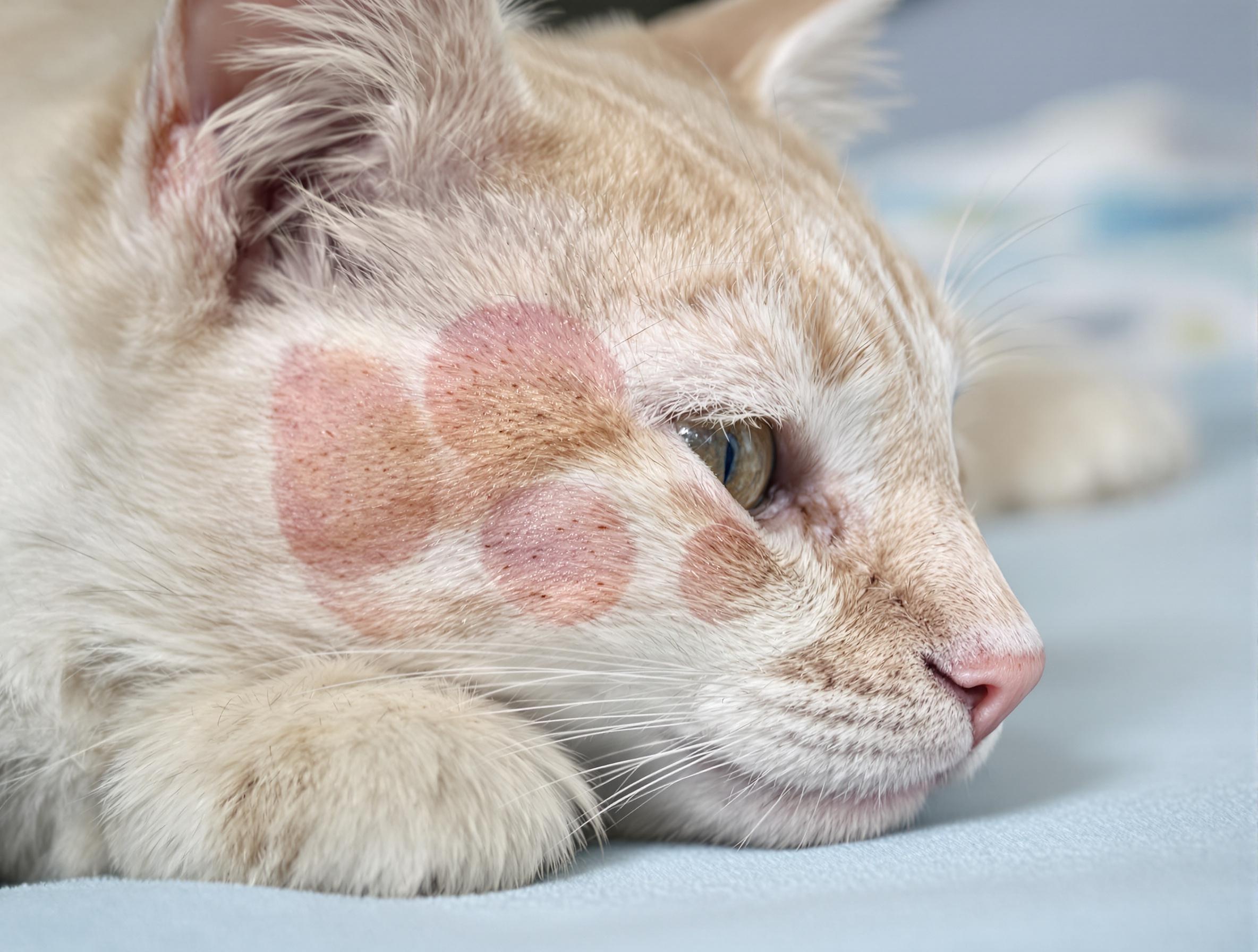What Does Catnip Do to Cats? Everything You Need to Know

Key Takeaways
- Use catnip in small amounts by offering 1/2 to 1 teaspoon of dried catnip or a small toy once or twice a week for safe, engaging play.
- Choose fresh, organic products by selecting strong-smelling, bright green catnip from trusted sources to ensure quality and safety.
- Monitor your cat’s reaction by watching for purring or playful behavior, and stop use if you notice drooling, aggression, or other unusual signs. Consult your vet if needed.
Catnip does wonders for our feline friends. In just seconds, your calm, collected kitty might turn into a bundle of purrs, rolls, and playful energy. For many pet parents, catnip is a fun and easy way to encourage active play and mental stimulation, especially when it’s part of regular playtime. By understanding how catnip affects your cat, you can make play sessions even more exciting and enriching for your furry friend.
If you’re looking for a fun, easy way to boost your cat’s happiness, catnip might be just the thing. It’s a simple treat that can spark joy, encourage play, or even help your cat relax. Curious about how it all works? Resources like PetHealthMD offer expert tips on enriching your cat’s environment and understanding their behavior, so you can make choices that truly support their well-being. Whether your cat zooms across the room or blissfully chills out, learning how catnip affects them can turn ordinary moments into bonding experiences you’ll both enjoy.
What Is Catnip and How Does It Work?
Inside the leaves and stems of the plant is a natural compound called nepetalactone, and it’s the secret behind your cat’s quirky reaction. This compound triggers specific areas in the brain, and studies show that about two-thirds of adult cats are wired to respond to it with noticeable changes in mood and behavior.
It all starts with the nose. When your cat sniffs catnip, tiny nepetalactone molecules attach to special receptors in their nasal tissue. That simple interaction sends signals directly to the brain’s pleasure centers. What you see on the outside—the rolling, purring, and zooming around—is your cat enjoying a little wave of euphoria.
Interestingly, not all cats are affected. Whether or not your cat goes wild for catnip depends on their genes. Just like eye color in humans, the sensitivity to catnip is inherited. And for those cats who do feel the effects, the fun usually lasts about 10 to 15 minutes. After that, their body takes a little break before they’re ready for another dose of fun.
How Cats React to Catnip
Cats can have all kinds of reactions to catnip, and no two cats are exactly the same. Knowing how your cat responds can help you create fun, engaging enrichment that fits their personality.
Common Behaviors in Cats Using Catnip
- Physical responses: Your cat might rub their face or body against catnip toys, soaking in the scent through touch and smell.
- Play bursts: For a quick 10- to 15-minute stretch, your cat may zoom, leap, roll, or pounce like they’re chasing invisible prey.
- Vocal vibes: If your cat meows, purrs, or lets out little chirps during catnip time, that’s their way of saying they’re into it.
- Chill mode: After all that excitement, many cats ease into a mellow, happy state. Look for soft purring, slow blinks, and total relaxation.
- Reset time: Once the effects wear off, your cat needs a little break—about two hours—before they can enjoy catnip again.
And if your cat doesn’t react to catnip? No worries. About 30-50% of cats simply aren’t sensitive to it, thanks to their genes.

Benefits of Catnip for Cats
Catnip isn’t just about silly zoomies and playful flips—it can help boost your cat’s overall well-being. If your cat responds to this magical herb, adding catnip to their routine can seriously improve their quality of life.
Top Benefits of Catnip
- Gets your cat moving: Catnip inspires bursts of energy that lead to running, leaping, and pouncing, helping your cat stay active and healthy.
- Wakes up their brain: Especially for indoor cats, catnip toys provide a fun mental workout to reduce boredom and sharpen thinking skills.
- Soothes stress: Catnip can help calm your cat during stressful times like vet visits or moving to a new home.
- Makes training easier: Catnip can encourage your cat to use scratching posts or explore new toys.
- Promotes peaceful downtime: After the initial burst of energy, catnip can help your cat relax and rest better.
Explore cat toys and supplies on 1800PetMeds to help your cat get the most out of their playtime.
How to Choose Quality Catnip Products
To enhance your cat’s experience, choosing the right catnip products matters. Here are a few simple tips:
- Go organic: Look for organic catnip free of chemicals or preservatives.
- Look for freshness: Bright green, aromatic leaves tend to be the most potent.
- Try different forms: Some cats prefer loose catnip, while others enjoy sprays or toys filled with it.
- Check packaging: Make sure it’s sealed and within date for the best potency.
- Store it right: Keep catnip in an airtight container in a cool, dry place.
- Ask your vet: Consult your veterinarian if your cat has allergies or sensitivities.
You can find safe and high-quality cat health supplies to complement playtime and support overall wellness.
Is Catnip Safe for Cats?
Catnip is safe for most cats when used properly. Offer catnip once or twice a week in small doses—about 1/2 to 1 teaspoon of dried catnip or a single toy infused with it. This keeps playtime fun and prevents overstimulation.
When introducing catnip for the first time, start small and observe your cat’s behavior. Positive signs include rolling, purring, and playful antics. Kittens under six months usually don’t respond to catnip yet, and pregnant cats should avoid it altogether.
If your cat shows signs of drooling, stomach upset, or aggression, discontinue use and contact your vet. For safe and fun enrichment options, explore cat treats and supplements designed to promote relaxation and play.
FAQs About Catnip
How should I introduce catnip to my cat?
Start with a small pinch on a toy or scratching post. Observe your cat’s reaction and adjust accordingly.
How often can I give my cat catnip?
A 10- to 15-minute session once or twice a week is enough to keep it exciting and beneficial.
Can kittens have catnip?
Kittens under six months old typically don’t respond to catnip because their senses are still developing.
How should I store catnip?
Keep it sealed in an airtight container away from heat and sunlight to preserve potency.
What are alternatives for cats who don’t respond to catnip?
Try silver vine, valerian root, or honeysuckle as enrichment alternatives.
Enriching Your Cat’s Life With Catnip
Catnip isn’t just a fun treat—it’s a natural way to support your cat’s emotional and physical health. From stimulating play to easing stress, this herb can add joy to your cat’s daily life when used responsibly.
For more enrichment ideas and trusted products, visit the Cat Supplies category on 1800PetMeds and discover ways to keep your cat happy, active, and healthy.





